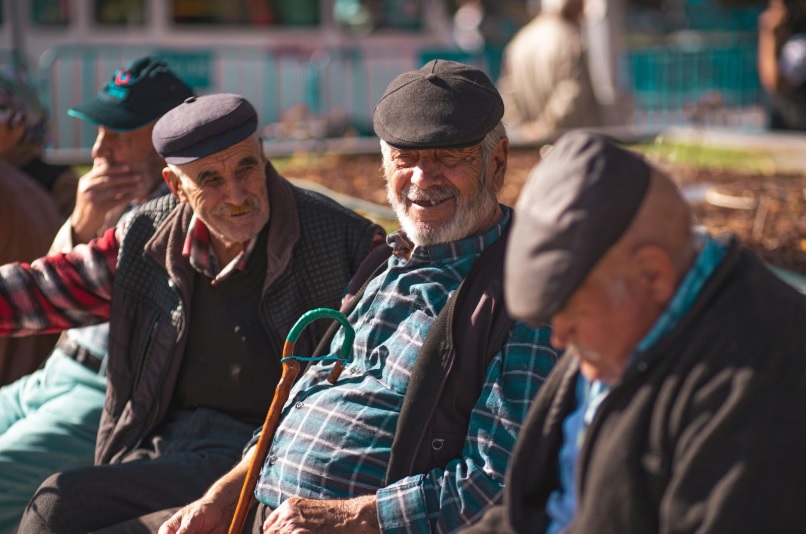When you’re in your later years, routine days are golden. The coffee, the newspaper, the garden walks – it all matters. But one fall or sudden health issues, and that routine can stop in an instant, according to the Centers for Disease Control and Prevention, “one in four Americans aged 65 and over fall each year”.
This is a significant number and yet despite this prevalence many seniors don’t have a simple way to call for help.
A medical alert system is that simple. It won’t help you chase youth—you don’t need to—but it does keep the days going with less worry.
Here’s how medical alert systems can be exactly what you need.

Help is One Press Away
Falls aren’t predictable and can happen anywhere. The rug in the hallways, a trip up a step, a dizzy spell when you stand up – all small beginnings that can end in big trouble. But what if there was a button you could carry – a pendant or wrist band, for example, that connects you to someone when you’re down, unsteady, or unable to reach the phone?
That’s exactly what happens when you have a medical alert for seniors system set up. You tap it, speak to an operator, tell them what happened or not. They will send help when you need it. Or contact your trusted person for you.
It’s not flashy or loud but it helps you out behind the scenes and your routine can continue with ease.
It’s Not Assistance, It’s Independence
“Assitance” sounds like someone taking over, doesn’t it? A medical alert system like the Life Assure medical alert for seniors means you’re still in control. The thing is, it’s not like someone is listening all the time. You choose to decide the level of help you want. You determine your emergency contacts, and then you just live your life.
And the person on the other end? Only there when you press that button. When you request help, they’re not watching you.
Sadly, however, of the one in three people who experience a fall annually, only one in ten of those people use a personal emergency response system.
It Fits Into Your Home with Ease
One reason people resist “safety systems” is that they feel institutional. Modern systems don’t. The device is worn or placed in a spot where people are less likely to need it.
Combine your alert system with several sensible changes around the home: motion sensor lighting, secured rugs or flooring, anti-slip mats in bathrooms or walk-in showers, and the alarm becomes the backup. It’s a discreet security option hidden in plain sight. It’s there but not obvious, and it’s ready to help exactly when you need it.
Safety systems in the home make so much sense for people who are experiencing health or mobility changes. They’re the bridge between being able to live independently and still getting help when you need it. Modern devices are less obtrusive; they don’t stand out that they’re there; they just integrate into your home and life for added peace of mind and confidence.






